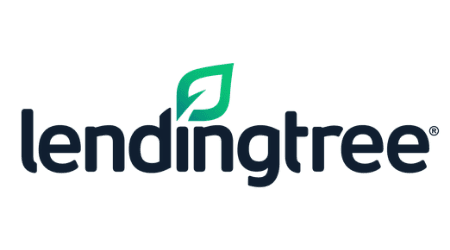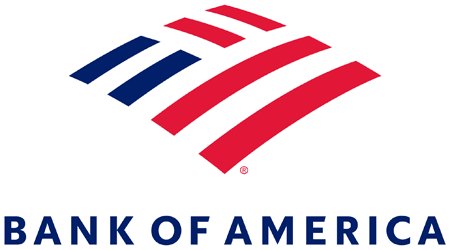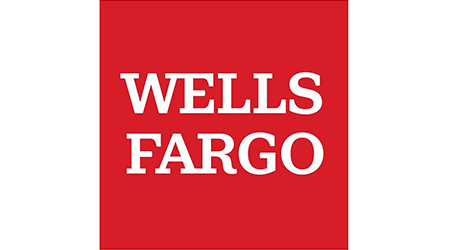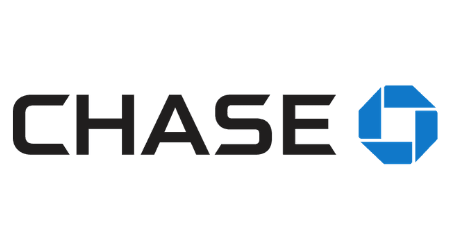If you’re looking to renovate, finance a large expense or start chipping away at your bucket list faster, a home equity line of credit (HELOC) could be a strong option. HELOCs allow you to use the equity you’ve built up in your home like a line of credit. Knowing how they work and what to look out for can mean the difference between reaching your goals and getting into financial hot water. A home equity line of credit — or HELOC — is a financial product that allows you to borrow against the equity you’ve built in a property you own. A HELOC is similar to a loan in that you and your lender agree on how much equity you can borrow and the deadline for you paying it back. You use your loan as a line of credit, drawing from the balance as you need it and repaying what you owe plus interest. The lender typically sets the initial limit of your credit line using similar criteria to a regular home loan. Your property acts as collateral for your line of credit, which means if you don’t pay back the loan, the lender can repossess or sell your property. For a general idea of the HELOC amount you might see approval for, you’ll need to do the following: Use our free HELOC calculator to determine how much you might be approved for. Not all HELOC lenders are created equal. Here’s how to compare HELOCs during your search: You must own a home and be at least 18 years old to get started: Expect to submit a range documentation to confirm your personal and financial details: Eligibility varies by lender but typically requires: The range of fees you might encounter with a HELOC are similar to those that come with getting a mortgage, like application and closing fees. Not all lenders charge the same fees, and you’ll want to read your list of fees carefully to, for instance, avoid paying both a transaction and an inactivity fee — basically fees for both using your HELOC and not using it. Most lenders allow you to borrow against your equity for any legitimate purpose. You aren’t required to disclose what you’ll use the money for — simply withdraw funds from your HELOC account when you need them. HELOCs are best for short-term borrowing when you don’t know exactly how much you’ll need. Homeowners typically use home equity lines of credit to: "When we decided to finish our basement, we knew we needed to pay for it by taking advantage of the equity we’d built in our home after paying down our mortgage for five years. We took out a HELOC we could use for anything with a higher credit line than we needed to make the renovations. Since we were stuck with a high APR on some credit card debt, we decided to roll this into our low-rate HELOC as well. As we started our renovations, we wrote checks from our HELOC account to pay the contractors. We learned quickly that paying the minimum balance only covered the interest, so we made sure to increase our payments when we could. Our HELOC came with a fixed 2.99% APR for the first year and then jumped to a variable rate thereafter. We planned to pay off as much as we could that first year to cut the balance in half by the second year. And our loan officer offered to refinance the loan to a fixed rate after the first year, too — as long as we had enough equity in our home. Overall, we found that a HELOC was an easy and affordable way to get money for our growing family home." You can use a HELOC to borrow against the equity in one property and invest that money in another property to diversify your portfolio. Because real estate tends to appreciate over time, owning additional property can lead to a valuable financial return in the long run. You’ll also get a tax break on the interest you pay on an investment with a HELOC. If you’re thinking of taking out a HELOC, you should consider whether: There’s a lot to think about when considering a home loan, no matter what type you’d like to get and what you intend to use the funds for. Here are some tips to keep in mind: When you borrow against your equity with a HELOC, you’re agreeing to use your home as collateral against default. That means your lender can take ownership of your home if you find yourself unable to repay what you owe. To protect yourself against potential default — and losing your home — don’t borrow against the equity that’s calculated on an inflated price of your home’s value. And avoid borrowing or using the full amount of equity that’s available for you. That way, if your home depreciates in value, you’ll have a cushion of funds to protect you against default, rather than potentially owing more on the loan than what your home is actually worth. If you don’t qualify for a HELOC, other options may allow you to tap into the equity you’ve built in your property A home equity line of credit can provide you with funds to renovate your home, buy a new one, start a business or simply knock another goal off your list. Before applying, budget what you can pay toward repayments and a plan of attack for repaying what you owe. And understand the consequences of what can happen if you fail to pay it back — including losing your home. In general, you’ll need a credit score of at least 620 to be approved for a HELOC — although specific requirements will vary by lender. Even though you’re drawing upon the equity of your home, lenders will still want to see that you can manage a line of credit. No, you don’t have to get a HELOC from the same lender as your mortgage. But, you may want to check with your current lender to see if you can get a special deal as an existing customer. You can, but you’ll have to apply for it. Because most lines of credit are capped when the HELOC is initially processed, you can’t simply ask to have an increase — even if you have the equity. Yes, you can refinance your HELOC. Many homeowners choose to refinance once the draw period is over, and the repayment period begins. Here are the four ways to refinance your HELOC: Most home equity lines of credit have 25-year terms. The first five to 10 years are the draw period when you can withdraw funds. You’ll usually only have to make payments on interest during this time, though some lenders will allow you to make payments toward your principal as well. The latter 15 to 20 years are the repayment period, in which you’re responsible for paying the borrowed amount back in full, including interest. Absolutely. If you pay off your home equity line of credit well before the repayment period is over, the lender will typically give you the option to either close the account or keep it open for future withdrawals.What is a home equity line of credit?
Calculate your estimated HELOC amount
How do I compare HELOCs?
How do I apply for a HELOC?
HELOC requirements
HELOC costs and fees
Fee type Typical cost Description Application fee Ranges from $0 to $500 Charge to process your application. Ask if yours can refund the fee if you move forward with the HELOC. Appraisal fee Around $300 For HELOCs that require it, covers the cost for an appraiser to calculate the market value of your home. Closing costs 2% to 5% of the loan amount Can include the appraisal fee, the application fee or the attorney’s fee. Ask your lender to waive this fee or negotiate for a lower percentage. Cancellation or early termination fee $100 to $500 Early closure fee for cancelling your HELOC earlier than agreed to. Annual fee From $50 to $100 Fee paid annually across duration of your HELOC. Some lenders waive the fee forthe first year. Transaction fee Depends on terms Fee charged each time you draw from your HELOC, added to the overall loan amount. Inactivity fee Around $100 each year of nonuse Fee for failing to draw down your HELOC. You may be able to negotiate with your lender to have it waived if attached to your line of credit. Prepayment fee Up to $500 Fee charged for paying off your balance and closing your account within three to five years of opening it, depending on your lender. What can I use a HELOC for?

How to use a HELOC to invest
Pros and cons
Pros
Cons
Should I take out a HELOC?
Tips for managing a HELOC
How can I protect my home when borrowing against it with a HELOC?
HELOC alternatives
Bottom line
Where do I go from here? Check out our other HELOC guides:
Common questions about HELOCs
What credit score is needed for a HELOC?
Do I have to use the same lender as my mortgage?
Can I increase my HELOC limit?
Can I refinance a HELOC?
How long is a typical term for a home equity line of credit?
Can I pay off my HELOC early?
Ask a question
More guides on Finder
-
HELOC and Home Equity Loan Lender Reviews
Learn more about the rates, terms and support you can expect from lenders in the US to empower you when shopping for a home equity loan.
-
Home equity loan payment calculator
Use this calculator to estimate your monthly payment for a home equity loan.
-
PenFed HELOC Review
Borrow up to $1 million with PenFed’s sole home equity product.
-
Hometap equity partners review
Access your equity through a partnership that shares in your home’s appreciation — or not — over 10 years.
-
What is a HELOC and how does it work?
Learn about how HELOCs work, how it’s paid back, fees, pros and cons, and more.
-
Best Home Equity Loans
Our list of this year’s best home equity loan lenders. These lenders cater to particular types of borrowers, from military members to those with fair credit.
-
Best HELOC Lenders
Together, these 7 HELOC lenders cater to a diverse range of borrowers.
-
Using a HELOC to pay off your mortgage
This complex strategy may save you money in the long run but it can be risky.
-
How long does it take to get a home equity loan?
It varies, but be prepared to gather documentation and verify your financial situation.
-
Can you get a HELOC on an investment property?
Use your equity to get a flexible credit line, if you can qualify.




